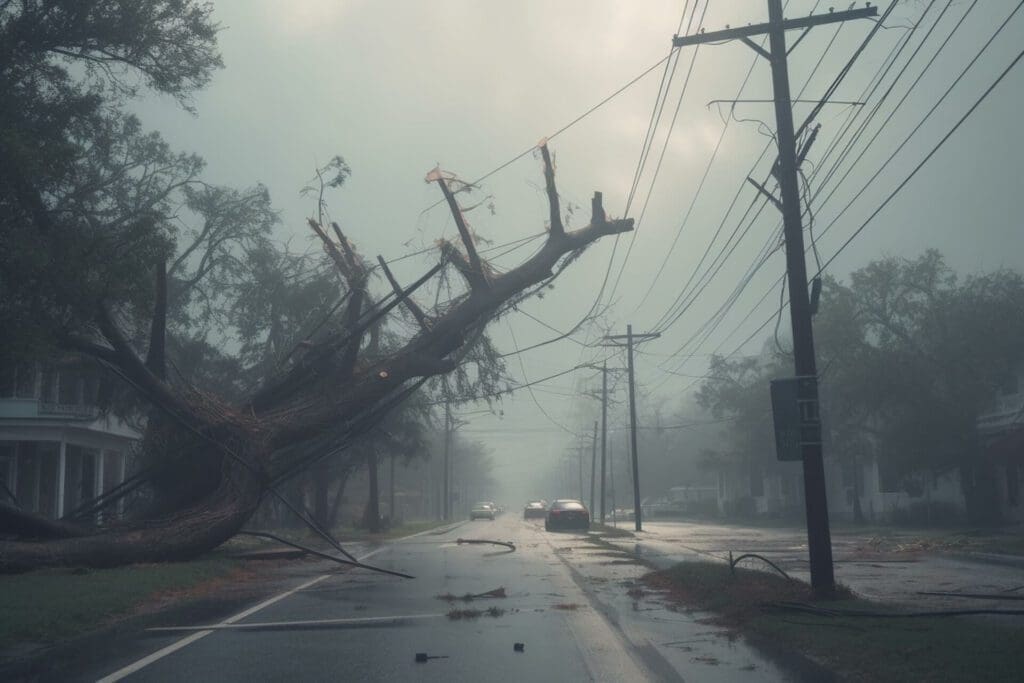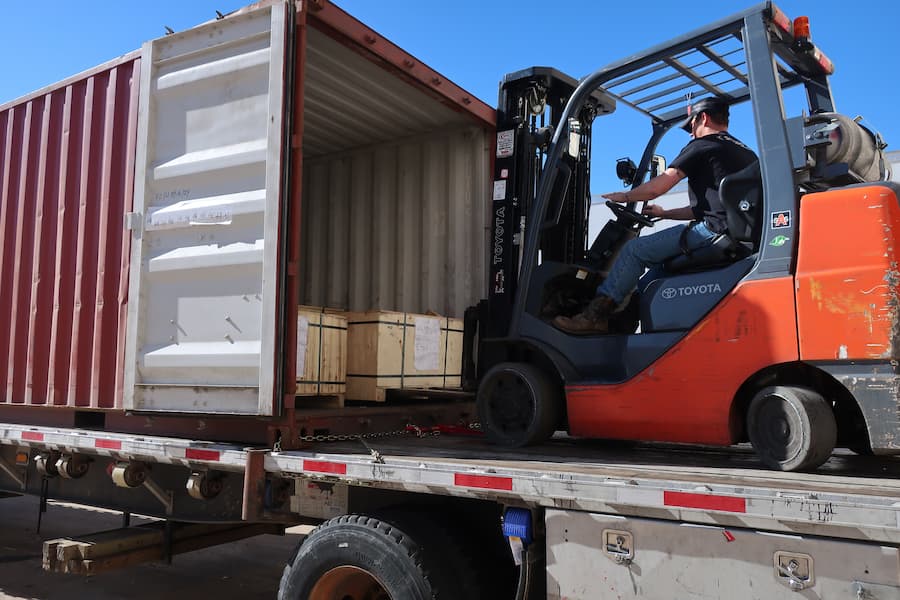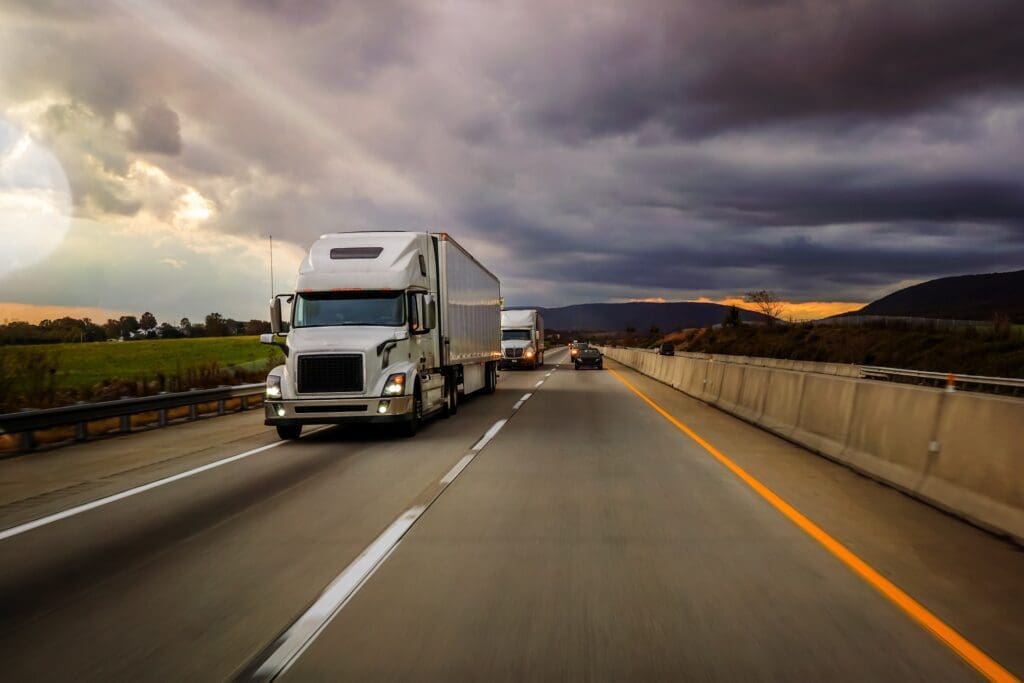“In 2018, there were 14 weather and climate disaster events with losses exceeding $1 billion each across the United States.”
The National Centers for Environmental Information, The National Oceanic and Atmospheric Administration
According to The National Centers for Environmental Information, the U.S experienced 14 billion-dollar-plus weather events last year, including one drought, eight severe storms, two tropical cyclones, one wildfire event, and two winter storms. And that doesn’t include the historic flooding in Maryland, the Montecito mudslide, or the 1,123 tornadoes that hit the country. And though it’s too early in the year for the annual tornado, hurricane, or wildfire seasons, the United States has already seen a “bomb cyclone” and flooding in the Midwest that devastated parts of Nebraska, Missouri, and Iowa, and caused enough transportation issues that the Federal Motor Carrier Safety Administration (FMCSA) declared a state of emergency for 16 states.
Though the disasters may have been as different as fire and water, the areas affected all needed emergency relief supplies, and they needed them fast. Communities needed ice, medicine, medical equipment, sanitation supplies, and ready-to-eat meals. They needed tractors, bulldozers, work trucks, backhoes, temporary shelters, light towers, and generators. And the need didn’t stop once the immediate danger was past. Hard hit areas needed supplies, trucks, and crews to remove debris and dead livestock. The right supplies could (and did) save property—and lives.
The Challenge
But transporting critical freight during or immediately after a disaster can seem impossible. And time critical delivery shipping is so important during disasters that up to 80 percent of humanitarian organizations’ crisis spending goes to logistics. Unfortunately, studies show that as much as 40 percent of those logistics dollars may be wasted because the organizations don’t have the proper equipment, information, or network.
It’s understandable. Shipping logistics are never simple, but disasters add even more challenges:
- Infrastructure in the areas is often damaged. Roads, bridges, and railways may have slowdowns or be outright inaccessible. Some cities may be cut off entirely: During Hurricane Florence, Wilmington North Carolina had 40 inches of rain, flooding the roads to the point where only military vehicles and first responders were allowed to use them, and many of them couldn’t reach the city.
- Ports like Wilmington are often located on or near the coast, which makes them especially vulnerable to hurricanes. And once ports are cut off, so are many supplies.
- Those supplies often include fuel, which is notoriously hard to come by during disasters.
- Workers, including drivers and warehouse workers, often can’t make it to work. They may have evacuated. They may need to protect their homes and families. They may simply not be able to get to their workplaces due to closed roads.
- Vehicles, including trucks and trailers, may be damaged.
Warehouses are often unavailable, unreachable, or damaged, just when relief workers need extra storage for donations. - Donations of food and medicine often need refrigeration, and some of those donations are “now or-never” offers.
- The amount of goods needed can be staggering. During the California wildfires, Kathy Fulton, executive director of the American Logistics Aid Network said to Transport Topics, “We’ve just never seen anything on a scale like this, with the numbers of lives affected — tens of thousands of homes destroyed.”
- Even if trucks and supplies can get through, disruptions can add time and miles. When Next Exit drivers delivered generators to South Carolina during Hurricane Florence, road closures and out-of-route miles stretched the planned one-day, 332-mile trip to two days and 479 miles.
The difficulties don’t stop once the disaster is “over.” Roads may still be flooded, blocked from slides, or need repairs. Trees and power lines may still be down. And the need for supplies may be just as great: Homes still need to be rebuilt; debris needs to be cleared; displaced people need to be fed, clothed, and housed.
Some Solutions
Many of the challenges are a matter of organization: How can disaster relief supplies be transported and stored quickly when the regular methods are disrupted? The American Logistics Aid Network (ALAN) works to be part of the solution. Formed after Hurricane Katrina, the industry-wide organization provides free supply chain assistance to disaster relief organizations. ALAN has helped to secure extra warehouses, find transportation for deliveries, and provide equipment and supply chain expertise.
In the case of a hurricane, preparation is also part of the solution. Since the storms are usually projected a week before landfall, companies can store and move goods. Home Depot sets up a command center 72 to 96 hours before a hurricane is predicted to hit. Carriers figure out how and when to deliver supplies typically needed during a disaster while keeping the loads safe.
With forewarning and preparation, critical freight providers may even be able to transport goods before the hurricane hits.
“The rising waters made delivering during Hurricane Florence especially tricky, but with the second one (Michael), we were able to deliver the generators to Tallahassee the morning before the hurricane,” said Next Exit’s Chandler Magann. “That way we got ahead of the storm, our trucks speeding away from the storm as it got progressively windier.”
And some times creative problem solving saves the day. North Carolina figured out a way to get food, fuel, construction materials, and other disaster relief supplies to Wilmington sans roads: They used a 648-foot-long “roll-on, roll-off” ship to transport trucks full of needed supplies.
“Anything you can put on a tractor-trailer,” said state Secretary of Transportation Jim Trogdon. “Think of it as a parking deck on water. You can drive on, drive off.”
At Next Exit Logistics, we’re proud of our creative problem solving, too. It’s helped us get disaster relief supplies to the communities that need them, when they need them. We specialize in the unusual and the “impossible,” and earn the trust of our clients with efficiency, transparency, and security. In addition, we understand how to handle freight services for unusual, oversize, or overweight shipments and are certified to arrange the shipment of hazardous materials. To learn more about our services, call Next Exit Logistics at 866-624-2661 or contact us via email.




